Industry insights: the scarcity of slots at major airports
The demand for airport slots has surged due to increased air travel, but aviation ecosystems from airport infrastructure to air traffic staffing haven’t kept up, causing global impacts on aviation.
Increasing demand – stagnant supply
The demand for airport slots has increased dramatically due to the rise in air travel alongside the market desire for more frequent, point-to-point services. Both major and regional airports face capacity issues, leading to delays, increased costs, and even diversions when faced with adverse weather conditions.
With continuing globalisation, and the availability of international travel, the world has never been more accessible, and, as you would expect, more runways, air traffic space, and ramp space for parking are needed to accommodate this growth. However, aviation ecosystems from infrastructure to air traffic staffing haven’t kept up, which is in turn having global impacts on aviation.
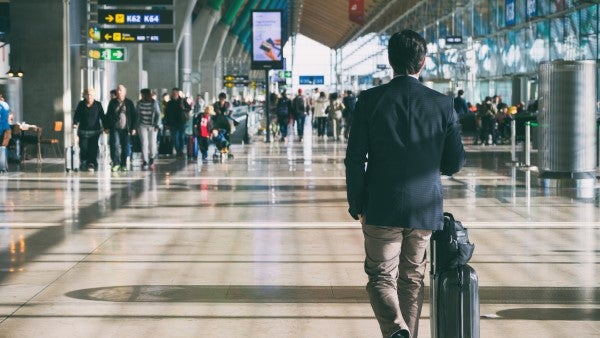
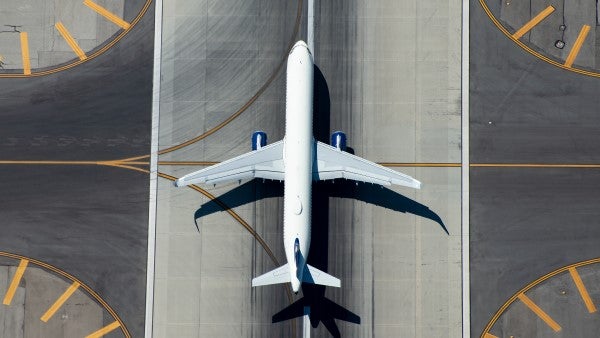
What is a slot?
Every flight undertaken needs to line up a series of co-ordinated ‘slots’ in order to operate. Three main slots are needed for an aircraft to conduct its business at each airport – two runway slots are required (one to take off, and one to land), and a parking slot. In recent years, demand for these slots has continued to grow, while availability and capacity to support this demand has not kept pace.
Once a surety at an airport, parking slots are becoming more and more difficult to secure. If unable to secure a parking slot, the ground staff may refuse handling, or the aircraft may have to be ferried elsewhere. Even if you have success in securing all three of these necessary slots in advance, on the day demand, and air traffic staff levels, or indeed strikes, may mean that your plans may be delayed by slot delays en route.

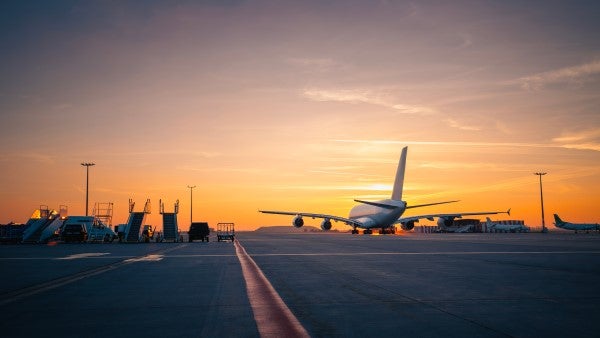
The impact on airports
Major airports like Heathrow have historically struggled with slot allocation. However, in recent years, smaller, regional airports, such as Bristol, have now started to face similar challenges, particularly with parking space. The consequences of this lack of capacity are significant – in a worst-case scenario, an aircraft might be able to secure an arrival slot, but fail to obtain the following departure slot, forcing a delay, or necessitating rerouting to an alternative airport altogether. Alternatively, planes might land at an airport, but, after passengers and cargo are offloaded, find no available parking, meaning that they have to ferry out to an alternative airport, leading to an increase in costs for empty ferries to airports where another set of fees apply, possibly requiring a new crew to be positioned in order to do so.
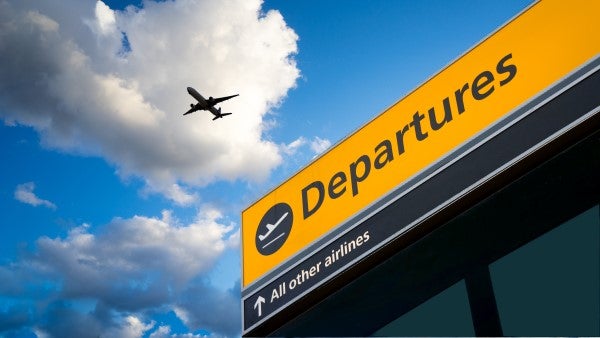
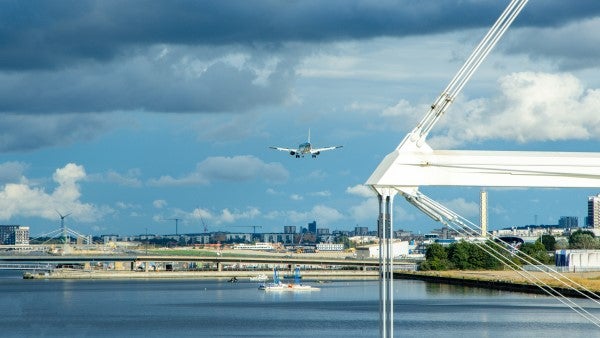
Seasonal and event-driven pressures
This problem intensifies during peak seasons and major events. Airports in popular summer destinations like Palma, Malaga, and Ibiza experience heightened congestion. In addition, events such as governmental summits and conferences, or sporting events such as the World Cup create narrow windows for arrivals and departures, further straining airport capacities.
For example, Phoenix Airport faced significant queueing issues during ‘the big game’ in 2023, and the summer season in Ibiza is well known for its limited capacity – with a single runway and limited parking, the airport regularly struggles to manage the influx of flights it receives in summer months, either turning away flights or having them ferry in and out with tight ground times for emplaning or deplaning.
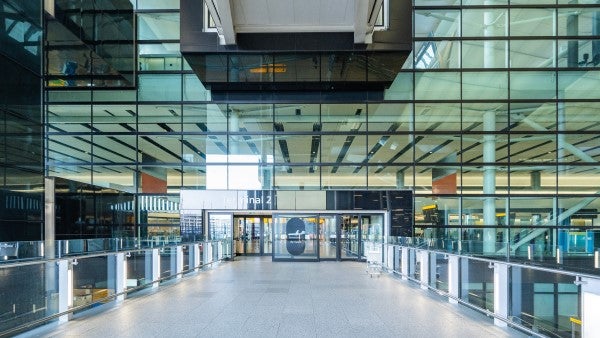
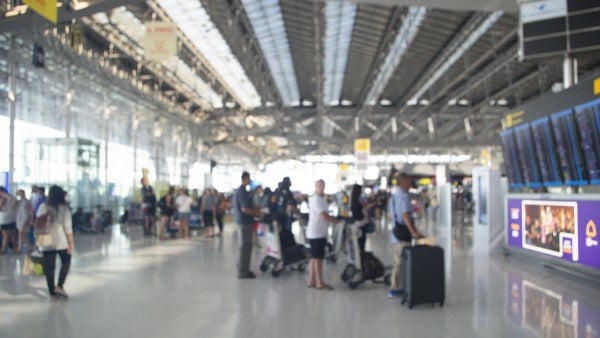
The need for expansion
Increasing passenger numbers by landing larger aircraft only helps in the short term. To accommodate larger aircraft, airport infrastructure needs to change in order to support their size. This may include bigger taxiways, larger parking stands, and investment in new handling equipment. However, this also means that faster, more efficient processing of traffic through terminals, and facilitating extra space to handle passengers, becomes a necessity.
This expansion will then reach a limit which will mean that bigger-scale expansion of infrastructure is needed. The simplest way to help alleviate the stress on airports is by building new parking stands, and by upgrading or expanding passenger terminals, FBOs and cargo processing infrastructure. Additional improvements can take many forms, and can include an increase in the number of fast exit taxiways in order to clear runways quicker after landing, and the specific construction of landing-only shorter runways, such as the one at Frankfurt. Government-led airspace and airway reviews can also be undertaken to ensure maximum efficiency for all users, such as the review currently taking place in the UK.
Whether considerations in the shorter- or longer-term are dealt with first, expansion is a necessity in either case. All solutions come with financial implications, which may mean airports may need to charge airlines more per flight to fund these upgrades, costs which will likely be passed on to travellers. In recent years we have seen airports diversify the ways in which they can regain the costs associated with outgoings - e.g. charging cars to drop passengers off at airports. However, it is worth noting that even these cost increases have not dampened demand for air travel.
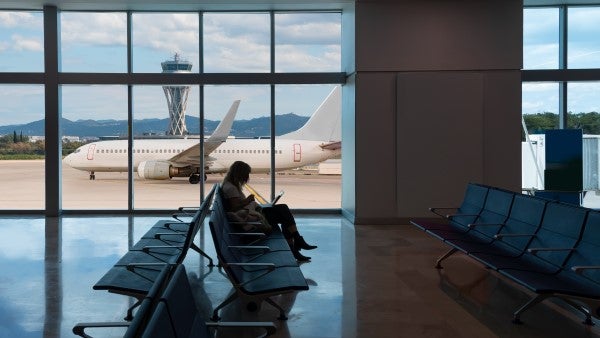
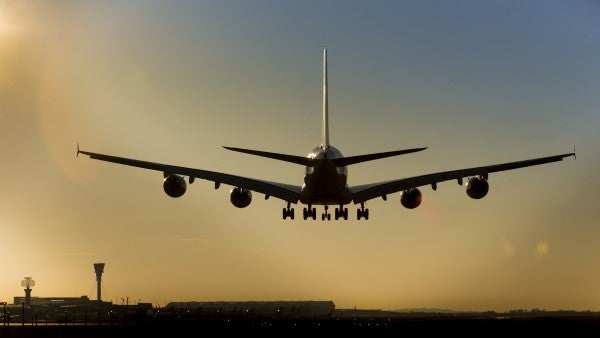
Economic and environmental considerations
The scarcity of slots also has economic repercussions. In 2007, when Dublin Airport applied to build Terminal 2, Fingal County Council, the local authority for the area, imposed a cap of 32 million passengers annually, mainly due to the road infrastructure and consequences of increased traffic surrounding the airport. This limit, which seemed reasonable at the time, as it was far greater than the 23 million people who passed through Dublin Airport in 2007, was breached for the first time in 2024. As a result, the Irish Aviation Authority, has drawn up a plan to stop this happening again – effectively halting growth; the plan means that no new routes can be launched, unless others are stopped, and, similarly, no additional flights on existing routes, again, unless other flights are withdrawn elsewhere.
Undoubtedly, Dublin as a city, and the Republic of Ireland more generally, have lost out on international events and economic opportunities as a result of this cap. As airports grow due to the demand put on them by the general public, and infrastructure expands as a result, the local community sees economic benefits. These may take the form of job opportunities for labourers to build the physical infrastructure, engineers to maintain the increased aircraft traffic, and support staff.
Environmentally and operationally, the interaction between congested airspaces, like over London, can create logistical nightmares. Due to landing constraints and timetables, airports under these congested airspaces have to be in constant contact with each other, with their aircraft expected to make more and more extravagant approaches in order to stagger air traffic. Extra time spent in the air circling on approach creates unnecessary greenhouse gas emissions, and, though it may seem paradoxical, the main way to mitigate against this is by creating the necessary infrastructure to support a greater capacity at airports. It is also very much worth noting that, while emissions from aircraft are currently exempt from national targets, this may not be a permanent rule, and will fast become a problem if this exemption is withdrawn – the need for sustainable expansion is becoming increasingly urgent.
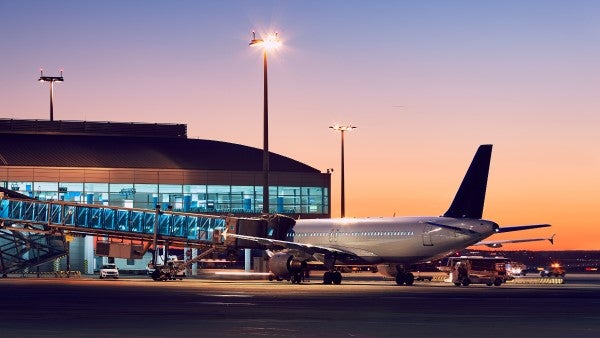
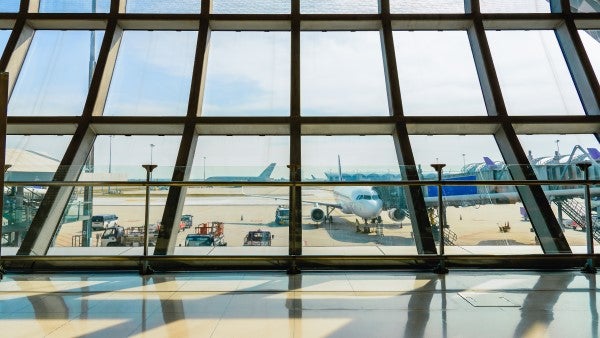
In conclusion
The global demand for airport slots has surged due to an increase in air travel, however, the infrastructure required hasn’t kept pace. Both major hubs and regional airports face capacity issues, with seasonal peaks and events exacerbating the problem. Airport expansion is necessary but costly, and has knock-on cost effects which are footed by fees charged to airlines and operators, which are in turn usually then passed onto passengers and cargo shippers. The multifaceted nature of this problem requires coordinated efforts from governments, airport authorities, and airlines. Without significant infrastructure investments and strategic planning, the aviation industry will continue to face substantial challenges in meeting the ever-growing demand for air travel.
For more information, an interview or additional images please contact:
Glenn Phillips, PR Manager
Tel: +44(0) 7799 692 629
Email: glenn.phillips@aircharterservice.com
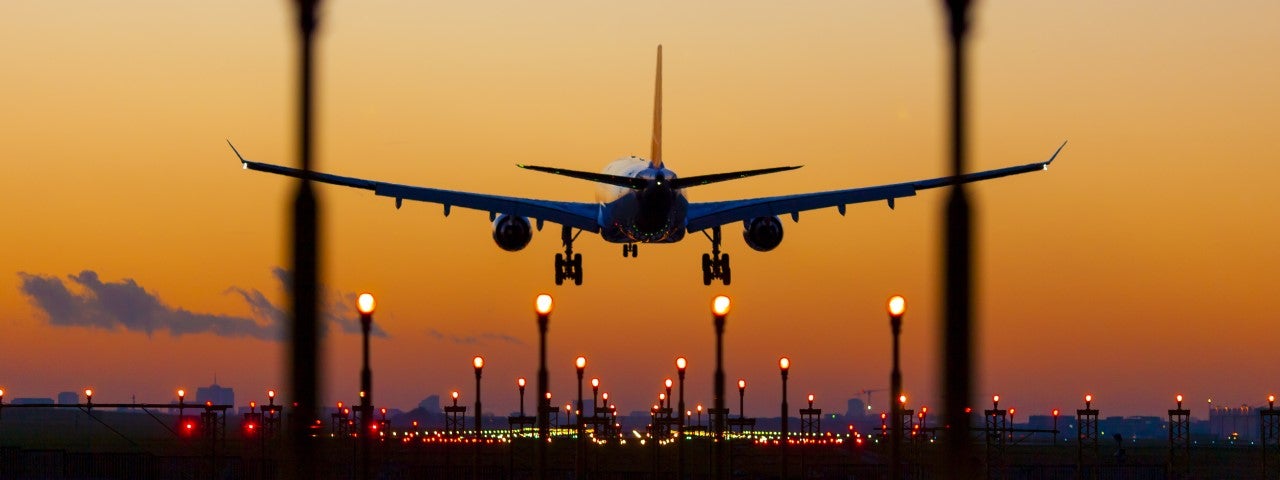
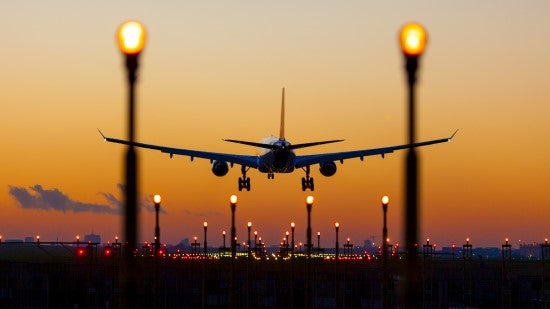 The demand for airport slots has surged due to increased air travel, but aviation ecosystems from airport infrastructure to air traffic staffing haven’t kept up, causing global impacts on aviation.
The demand for airport slots has surged due to increased air travel, but aviation ecosystems from airport infrastructure to air traffic staffing haven’t kept up, causing global impacts on aviation.

